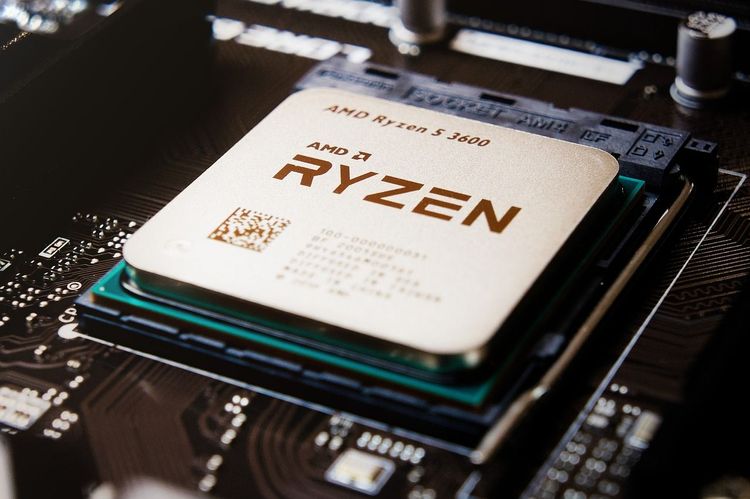Ken Kutaragi: The Visionary Behind PlayStation's Future
At the Tokyo Game Show, Ken Kutaragi, known as the father of the PlayStation, delivered an inspiring keynote address, proclaiming the potential for the game industry to expand by 10 to 100 times as it embraces real-time computing.
In a captivating fireside chat with Katsuhiko Hayashi from Kadokawa Game Linkage, Kutaragi emphasized his long-held dream of advancing the gaming landscape. Speaking in Japanese, his insights were translated and shared on YouTube, drawing significant attention.
The Evolution of Gaming Towards Real-Time Computing
Reflecting on his early days before launching PlayStation in 1995 and PlayStation 2 in 2000, Kutaragi expressed his vision for an era of computer entertainment. He believed that advances in computing power would eventually position game consoles to surpass PCs. Although this vision took time to achieve, he now foresees games entering a phase dominated by real-time computing, fueled by AI and other emerging technologies.
Now 74, Kutaragi is associated with Ascent, a Tokyo-based AI and robotics firm, and he teaches informatics at Kindai University. He reminisced about the PlayStation's launch in December 1994 in Japan and 1995 internationally, recounting the initial skepticism from developers who doubted Sony’s ability to succeed in the gaming market.
“They told me, 'You are going to fail. Nobody believed we would be successful, even at Sony,'” Kutaragi recalled.
Kutaragi's Bold Bet on Gaming Innovation
In the competitive landscape of the early 90s, Kutaragi faced rivals like 3DO, Sega, and Nintendo—each offering distinct platforms and popular games. Sony's strategy focused on developing its own titles, banking on the belief that game technology would evolve dramatically over the years. Kutaragi was confident in Sony's unique vision to transition gaming from mere toys to a substantial entertainment medium.
He articulated a grander ambition: to position consoles as central to computer entertainment. Drawing on Moore’s Law, which predicted exponential increases in semiconductor capabilities, Kutaragi demonstrated how Sony innovated to reduce the costs of the original Emotion Engine CPU for the PlayStation 2 to roughly 13% of its initial price, allowing for regular price reductions that made the console accessible to a broader audience. This economic insight propelled Sony to dominate amidst fierce competition from Nintendo and Xbox.
“We have AI today. But who could have foreseen this one year ago? Ten years ago? We had a vision,” he asserted.
The Future of Gaming and Real-Time Interaction
Kutaragi envisaged a world where games would become increasingly interactive and responsive, reflecting players' desires. He drew parallels with Silicon Graphics in pushing for real-time interactivity in gaming experiences.
Despite his earlier challenges—such as the tumultuous launch of the PlayStation 3 at $600—Kutaragi's vision remains influential in the gaming landscape. After his departure from Sony, Mark Cerny took the helm as the architect for later systems like PlayStation 4 and PlayStation 5.
Towards a New Era of Entertainment
Today, Kutaragi sees a convergence of technologies paving the way for real-time computing. He reminisced about the collaborative spirit in the early days when companies like Namco believed in Sony's revolution, highlighting popular titles such as Ridge Racer that solidified the PlayStation's cultural impact.
“That really moved us,” Kutaragi shared, reflecting on the excitement of gamers lining up for console releases. He showcased pioneering commercials that communicated the PlayStation's capabilities and underscored the transformative power of entertainment.
Kutaragi believes that the forthcoming age of real-time computing will transcend traditional gaming, merging multiple industries into an integrated technological wave. “It's coming,” he stated confidently. “While it may seem like a fantasy today, the possibilities are limitless.” He predicts that the 28 trillion yen game industry stands to grow tenfold to a hundredfold, marking a significant chapter in the evolution of interactive entertainment.







